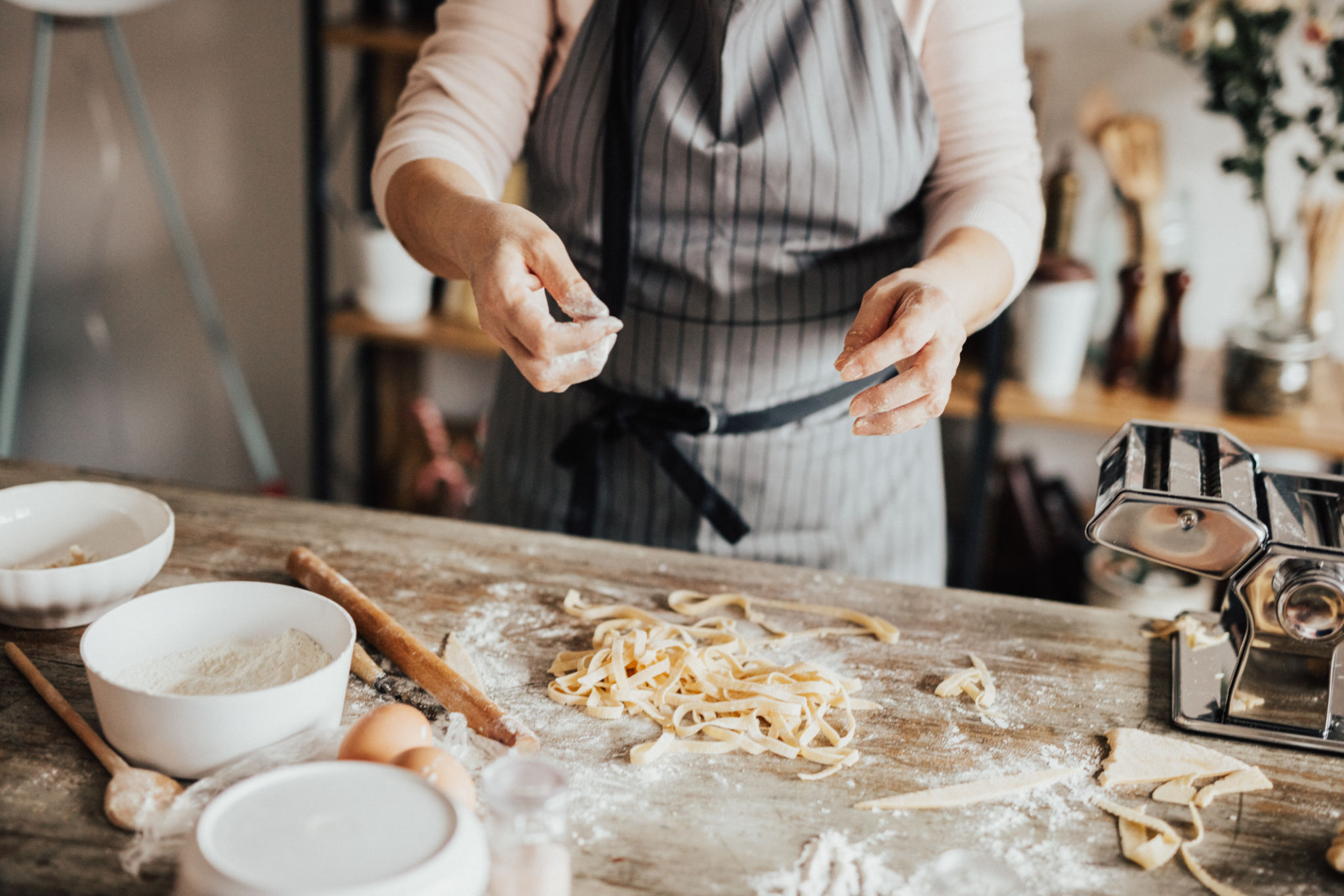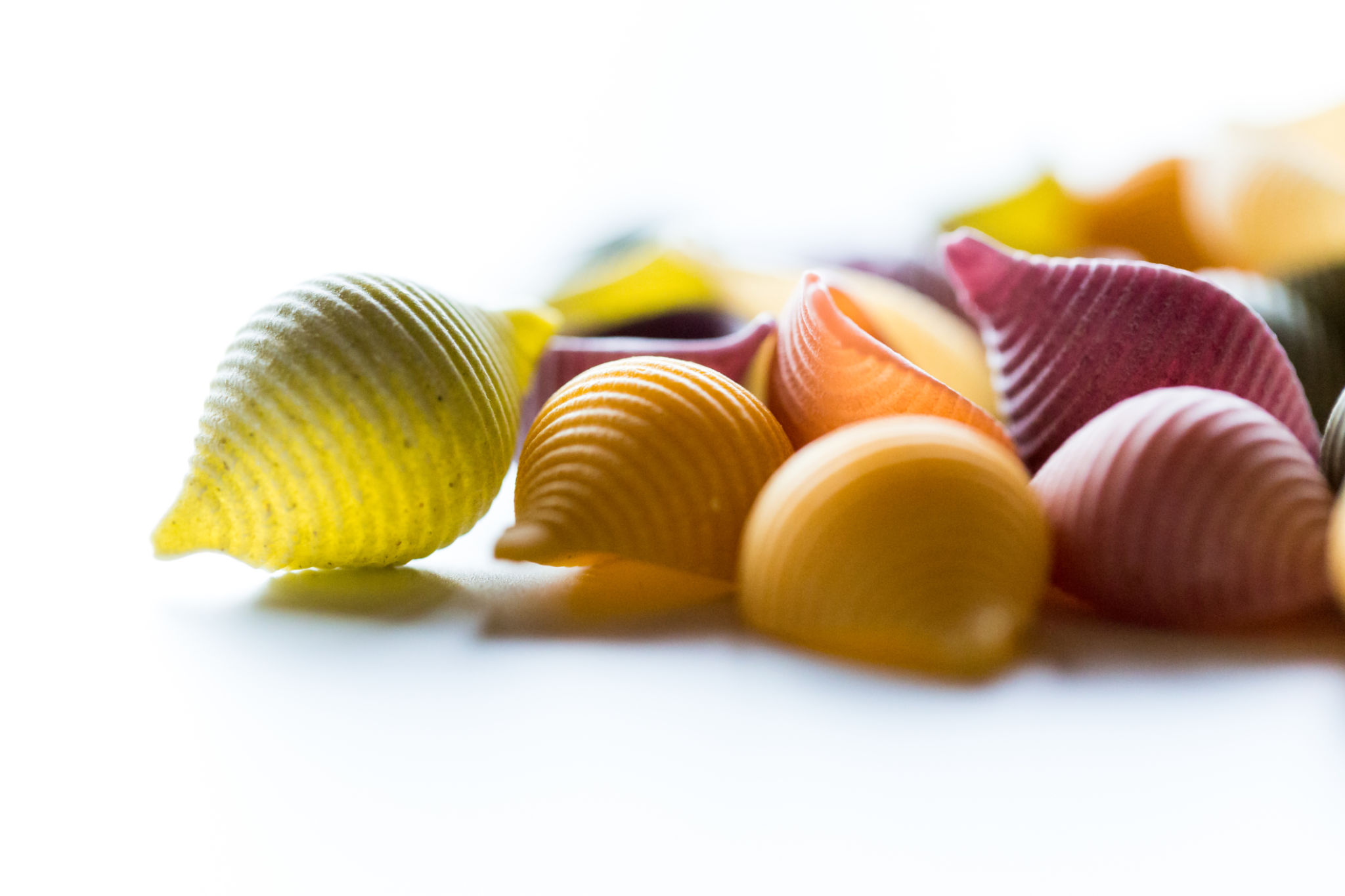Mastering the Art of Homemade Pasta: A Comprehensive Guide
Understanding the Basics of Pasta Making
Creating homemade pasta is not only a rewarding culinary experience but also a delightful way to bring a touch of Italy into your kitchen. The process of making pasta from scratch involves just a few simple ingredients: flour, eggs, and a pinch of salt. Yet, the variety of pasta shapes and flavors you can create are seemingly endless.
To start, you'll need to choose the right type of flour. Most traditional recipes call for all-purpose flour or a mix of all-purpose and semolina flour. Semolina adds a slightly nutty flavor and a firmer texture to your pasta. Ensure you have fresh eggs on hand, as they are essential for binding the dough together and adding richness.

Steps to Crafting Perfect Pasta Dough
Once you've gathered your ingredients, it's time to make the dough. Begin by creating a mound of flour with a well in the center on a clean surface. Crack your eggs into the well and gently beat them with a fork, gradually incorporating the flour until it forms a rough dough.
Kneading is crucial in developing gluten, which gives pasta its characteristic chewiness. Knead the dough for about 8-10 minutes until it becomes smooth and elastic. After kneading, wrap the dough in plastic wrap and let it rest for at least 30 minutes. This resting period allows the gluten to relax, making it easier to roll out later.
Rolling and Shaping Your Pasta
Once your dough has rested, it's time to roll it out. You can use a pasta machine or a rolling pin, depending on what you have available. Start by dividing the dough into smaller portions to make it more manageable. Roll each portion to your desired thickness, keeping in mind that it will expand slightly when cooked.

After rolling out your dough, the fun part begins: shaping your pasta. From tagliatelle to ravioli, there are numerous shapes you can create. Use a sharp knife or pasta cutter to cut your dough into strips for fettuccine or spaghetti, or shape it into filled options like tortellini or ravioli.
Cooking Your Homemade Pasta
Cooking homemade pasta requires just a few minutes in boiling salted water. Fresh pasta cooks much faster than dried pasta, usually in about 2-4 minutes. Make sure to taste a piece before draining to ensure it's cooked to your liking.
Once cooked, toss your pasta with your favorite sauce immediately. Fresh pasta pairs wonderfully with simple sauces like Aglio e Olio or Pesto, which highlight its delicate flavor and texture.

Tips for Perfect Homemade Pasta
While mastering homemade pasta can take practice, a few tips can help you achieve great results every time:
- Use the freshest ingredients: Fresh eggs and high-quality flour make a significant difference in taste and texture.
- Don’t skip the resting step: Allowing the dough to rest is crucial for ease of rolling and shaping.
- Flour is your friend: Dust your surfaces and hands with flour to prevent sticking while rolling and cutting.
Experimenting with Flavors
Once you've mastered basic pasta, it's time to get creative. Incorporate different flavors into your dough by adding ingredients like spinach for color, herbs for aroma, or even squid ink for dramatic black pasta.
The possibilities are endless when it comes to homemade pasta. By experimenting with new ingredients and shapes, you can personalize each dish to suit your tastes and impress your guests.
